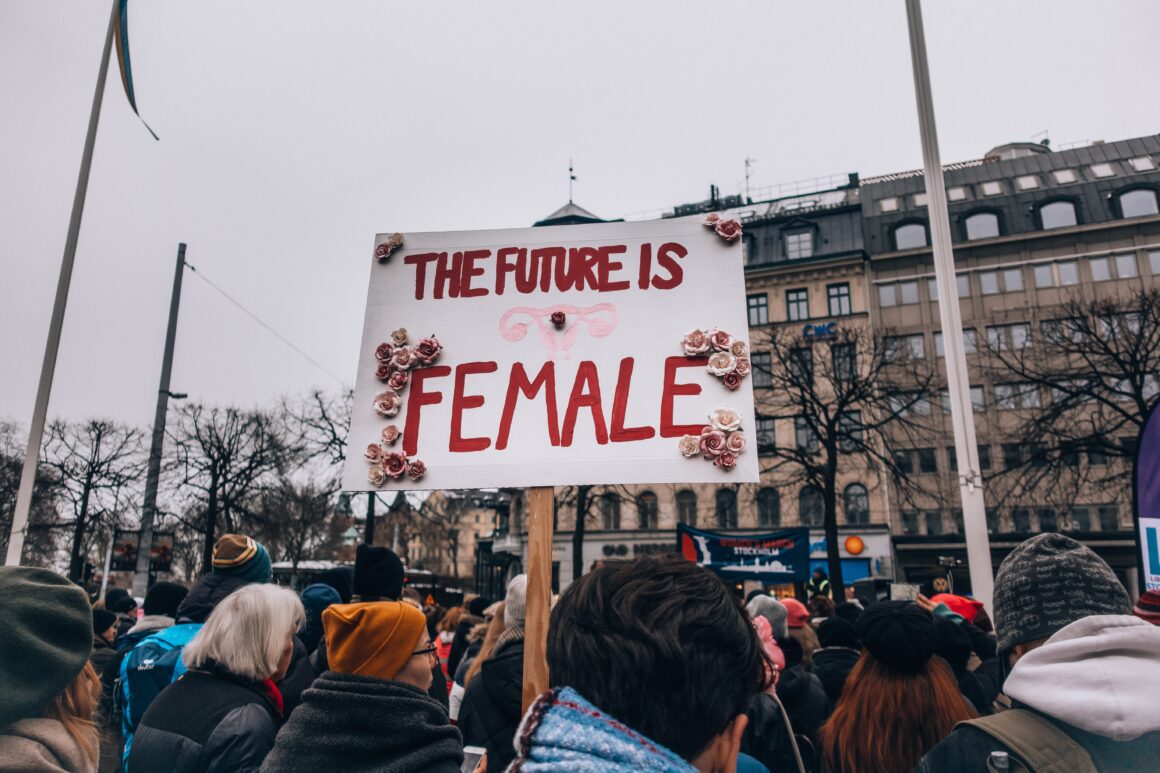
The doctor declares “It’s a boy!” or, “It’s a girl!” and gender socialization begins for the unsuspecting newborn. This pivotal moment kickstarts the child’s process of learning his or her gender role.
If the child is male, he will probably be rewarded with actions figures, science sets, and anything resembling a weapon. But, if the child happens to be born with two X chromosomes, she can most likely expect a pastel pile of easy bake ovens and barbie dolls to be foisted upon her. Even the color the parent paints his or her child’s bedroom can reinforce the child’s gender role. Through a number of ways, girls discover that exhibiting traits like strength and dominance is unbecoming. On the other hand, boys learn that crying, showing vulnerability, and displaying empathy is forbidden to them.
Focusing on the effect of gender socialization on boys, director Jennifer Siebel Newson provides a critical perspective on masculinity in her documentary titled “The Mask You Live In.” The film examines masculinity through an intersectional lens, acknowledging how race and class influence gender expectations. It features the testimonies of a wide variety of people, from neuroscientists to convicted felons serving lifetime sentences in prison. Finally, “The Mask You Live In” ends by exploring possible solutions to America’s masculinity crisis.
This crisis cannot be overstated. Three or more boys commit suicide every day. Boys are two times more likely than girls to drop out of school, two times more likely to receive special education, and four times more likely to be expelled. 21% of young men consume pornography daily, 93% of boys are exposed to pornography before age 18, and this is all exacerbated by the unfortunate fact that only 22 states require public schools to teach sex education with only 13 of those states requiring that the instruction is medically accurate. Rape is prevalent in America, with the overwhelming majority of rapists being male. To top it all off, whenever there’s a mass shooting, there’s a 98% chance the perpetrator is male.
But, that’s not to say that male privilege isn’t real. Men are still less likely to experience street harassment, intimate partner violence, and rape. They will probably never be denied a job or access to reproductive healthcare simply because they are male. Most men — specifically, straight white men — will more often than not see themselves represented positively in the media and political sphere. However, gender roles keep everybody in bondage, even if our shackles are very different.
There is a reason that so-called “manly” traits of stoicalness, aggression, and dominance are the same traits required to kill, hurt, and abuse others. There is a purpose behind the fact that so-called “girly” traits are synonymous with submission and complacency. It all has to do with keeping men on the top of the sexist hierarchy and women on the bottom. For patriarchy to remain intact, men must forsake anything that is deemed “womanly” in order to distinguish themselves as the ruling gender class.
Creating a visible gender hierarchy was the driving purpose behind foot-binding, laws prohibiting women from cutting their hair, and it is the reason why men and women still have such different expectations in terms of how to dress and groom themselves. Creating a visible gender hierarchy is also why men and women are taught to comport themselves so differently. Once a patriarchal society manufactures these extreme differences between men and women, they can be used to justify treating people differently based on their sex.
Maintaining male supremacy means that men must not only dehumanize women, but also forego their own humanity and empathy in order to successfully transform themselves into the perfect macho man. And oftentimes, this means grown men forget how to open up to others. One of the most heartbreaking moments of the film was when fathers spoke about how they cherished the emotional vulnerability their sons exhibited, because that sense of openness was something the fathers had stomped out of them long ago.
“The Mask You Live In” poses a variety of solutions that all boil down to changing the way American men teach masculinity. The film emphasizes the importance of the father/son bond, and implores fathers to show their sons that empathy is a positive trait. Although I agree, reforming the definition of manhood would be a step in the right direction, I believe we as a society need to take it a step further and abolish the constructs of femininity and masculinity altogether. We must begin the long process of unravelling the damage done by the gender hierarchy. The first step towards this goal is to stop holding boys and girls to different standards of behavior.
My other qualm with this documentary is that it failed to stress how integral raising the status of women in society is to erasing the stigma surrounding traits that the film says men are losing touch with, traits that are considered “feminine.” It seems obvious to me that if women were respected and treated as human, behaving “like a girl” would not be seen as a bad thing.
Despite those two aspects where I thought the film fell short, “The Mask You Live In” is incredibly thought provoking and lays bare the effect of masculinity on boys. This documentary provides a sympathetic yet critical perspective on manhood as a social construction. I would highly recommend the film to anyone looking to better understand the tremendous impact of gender on our society.



Comments are closed.